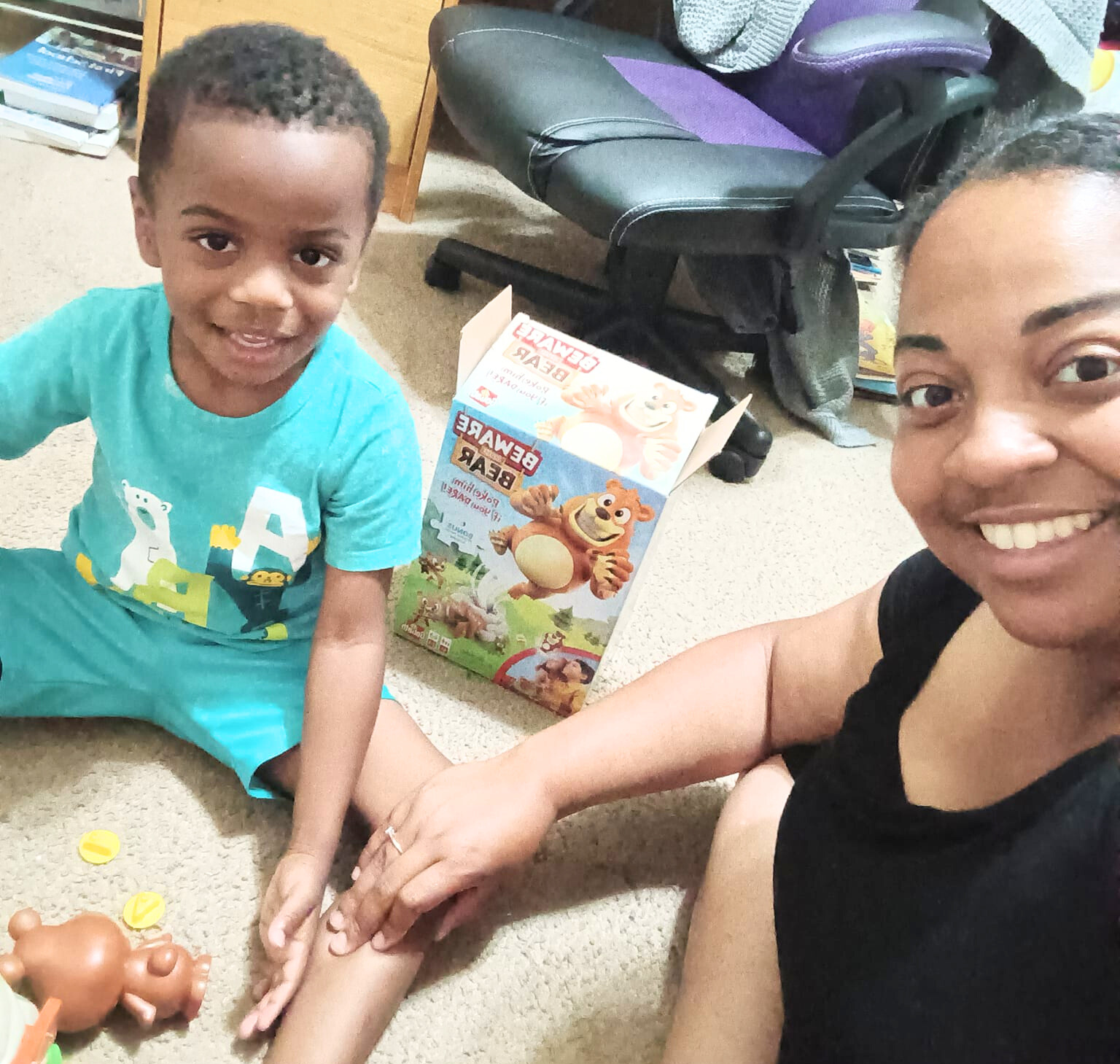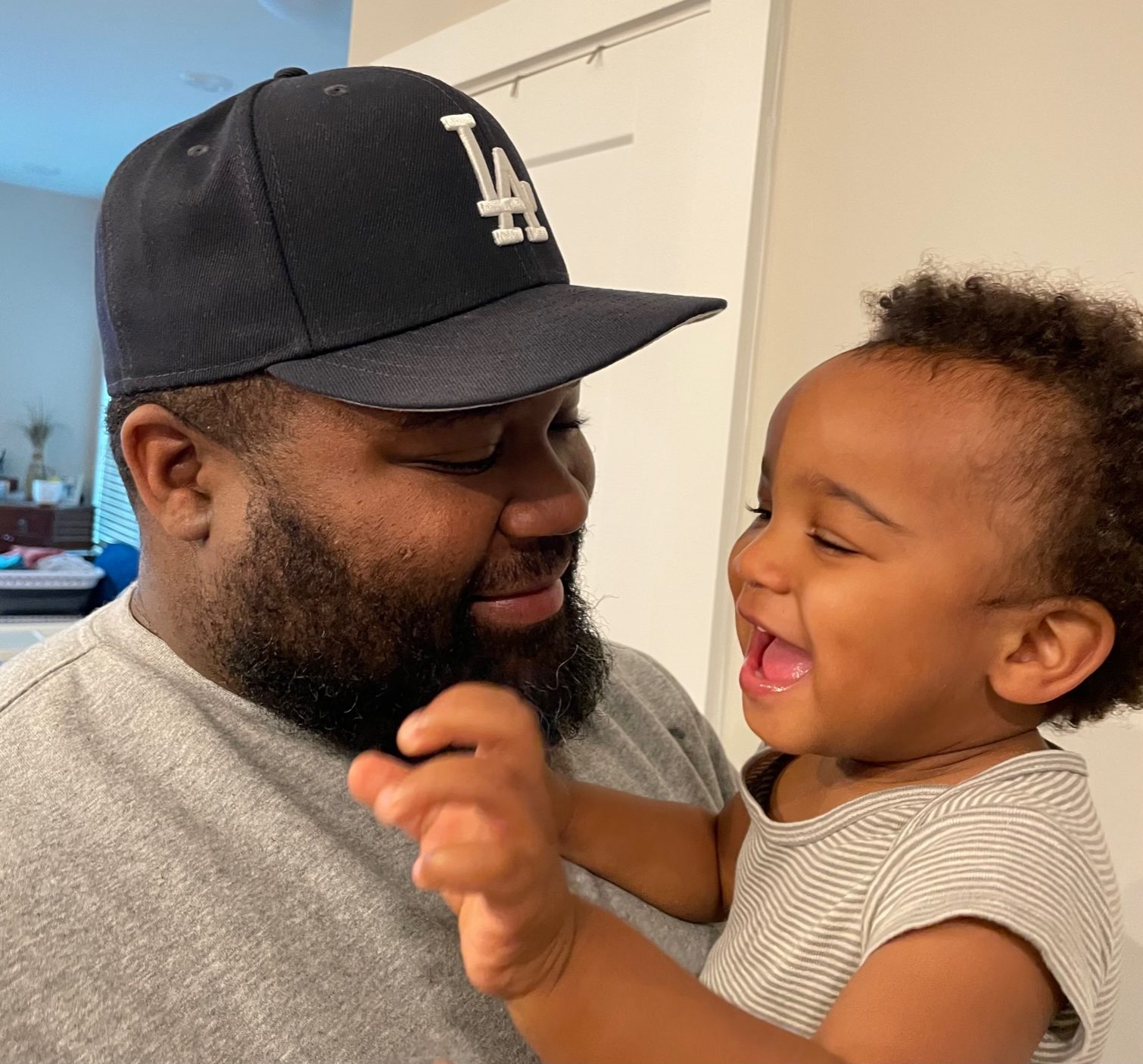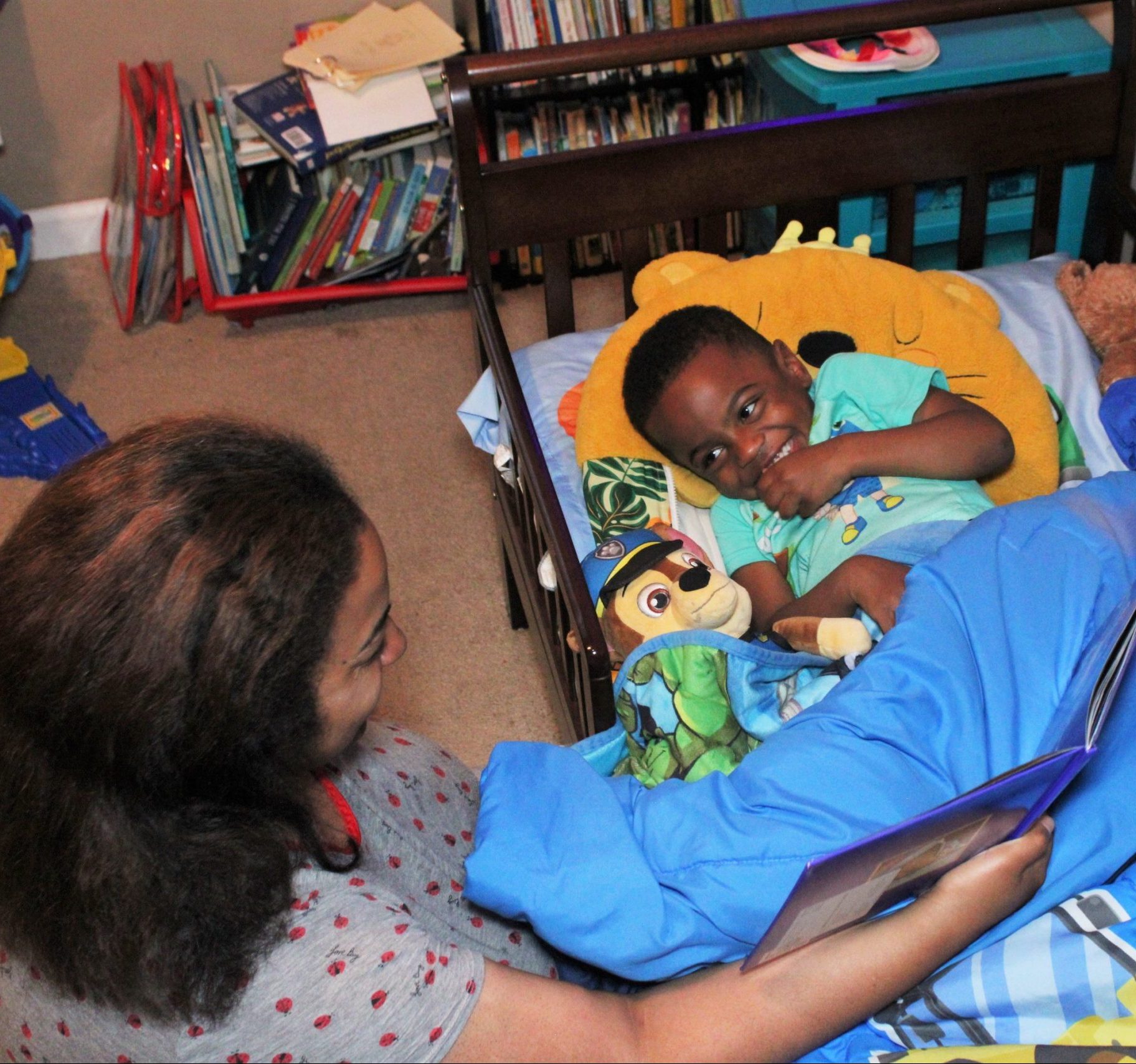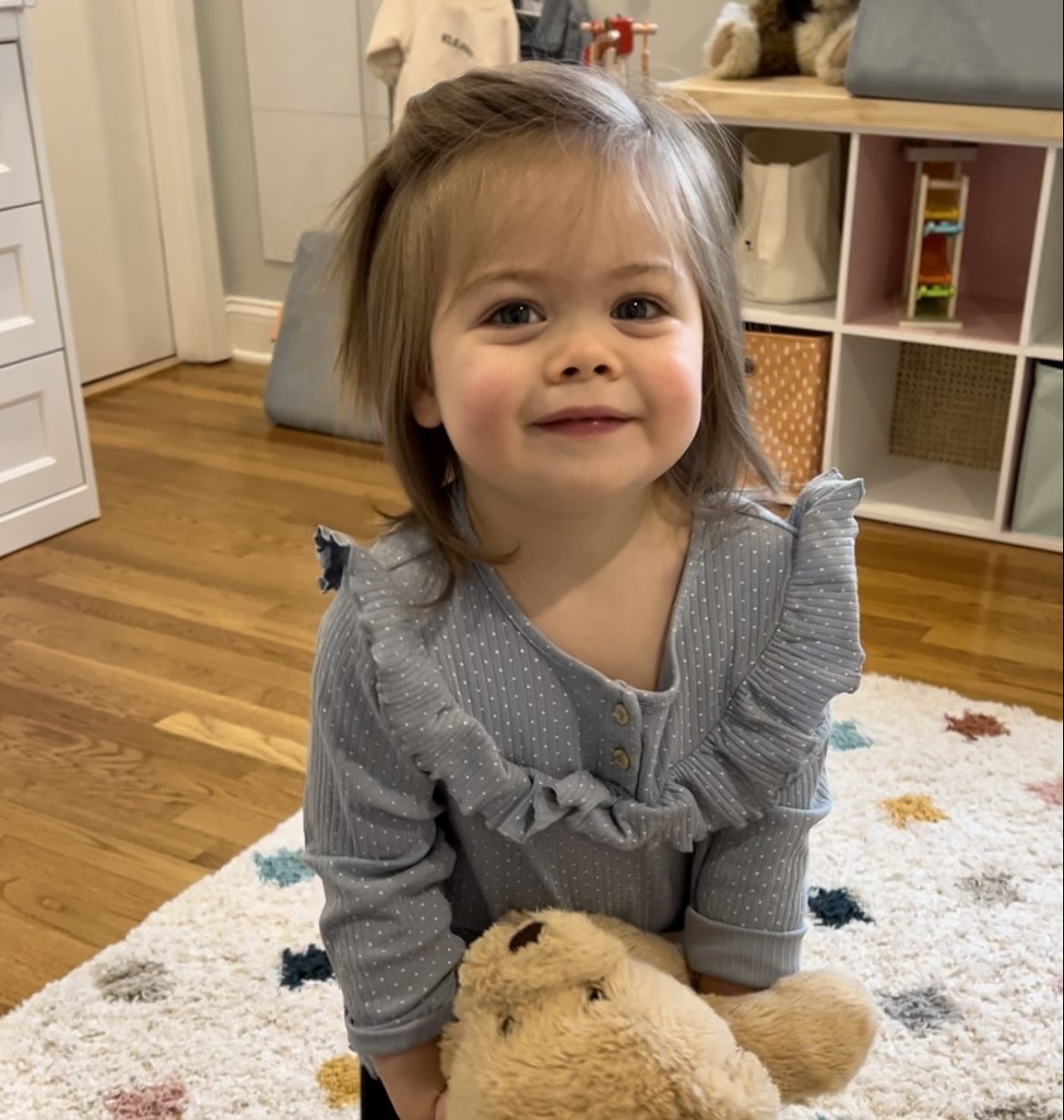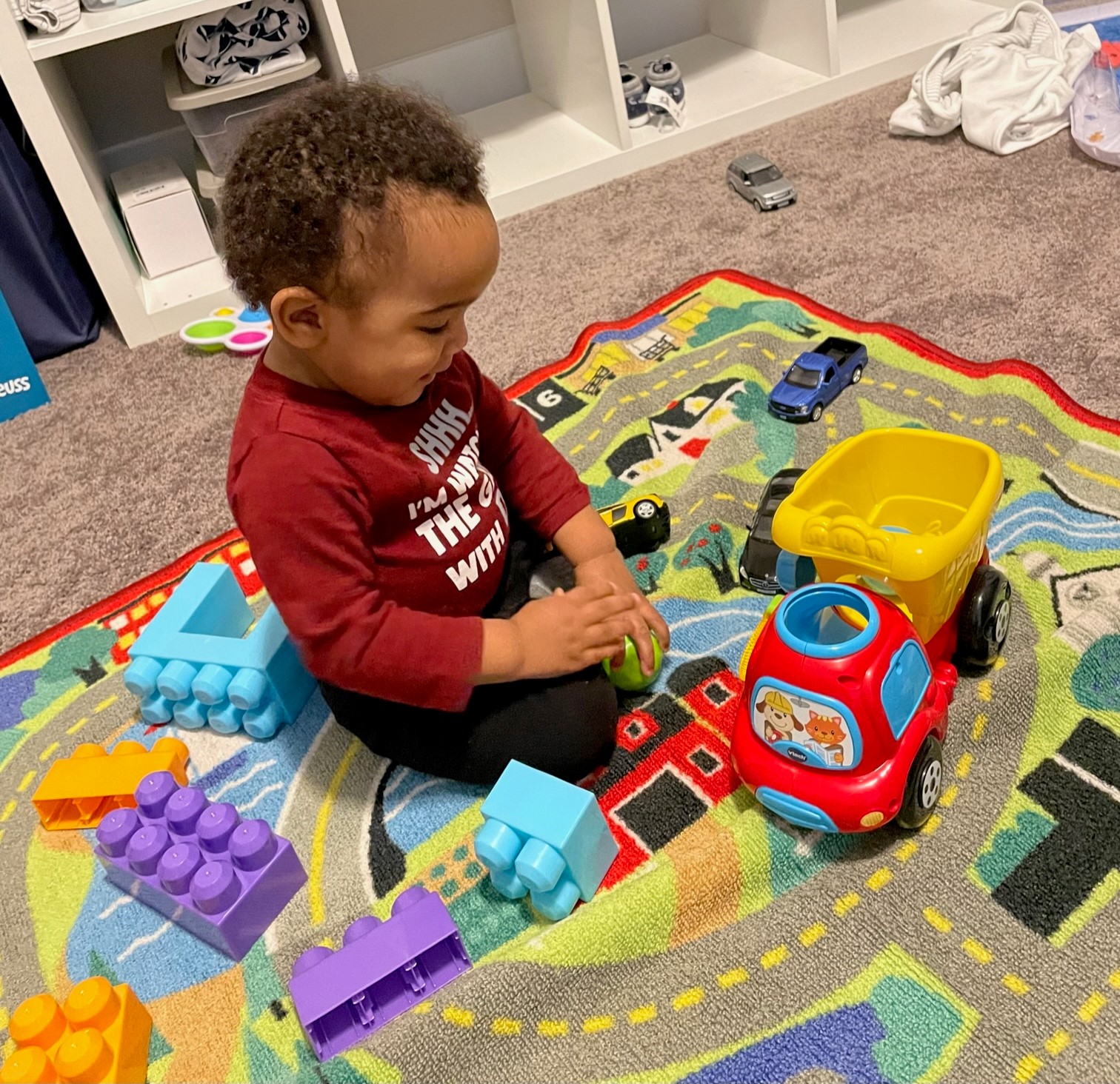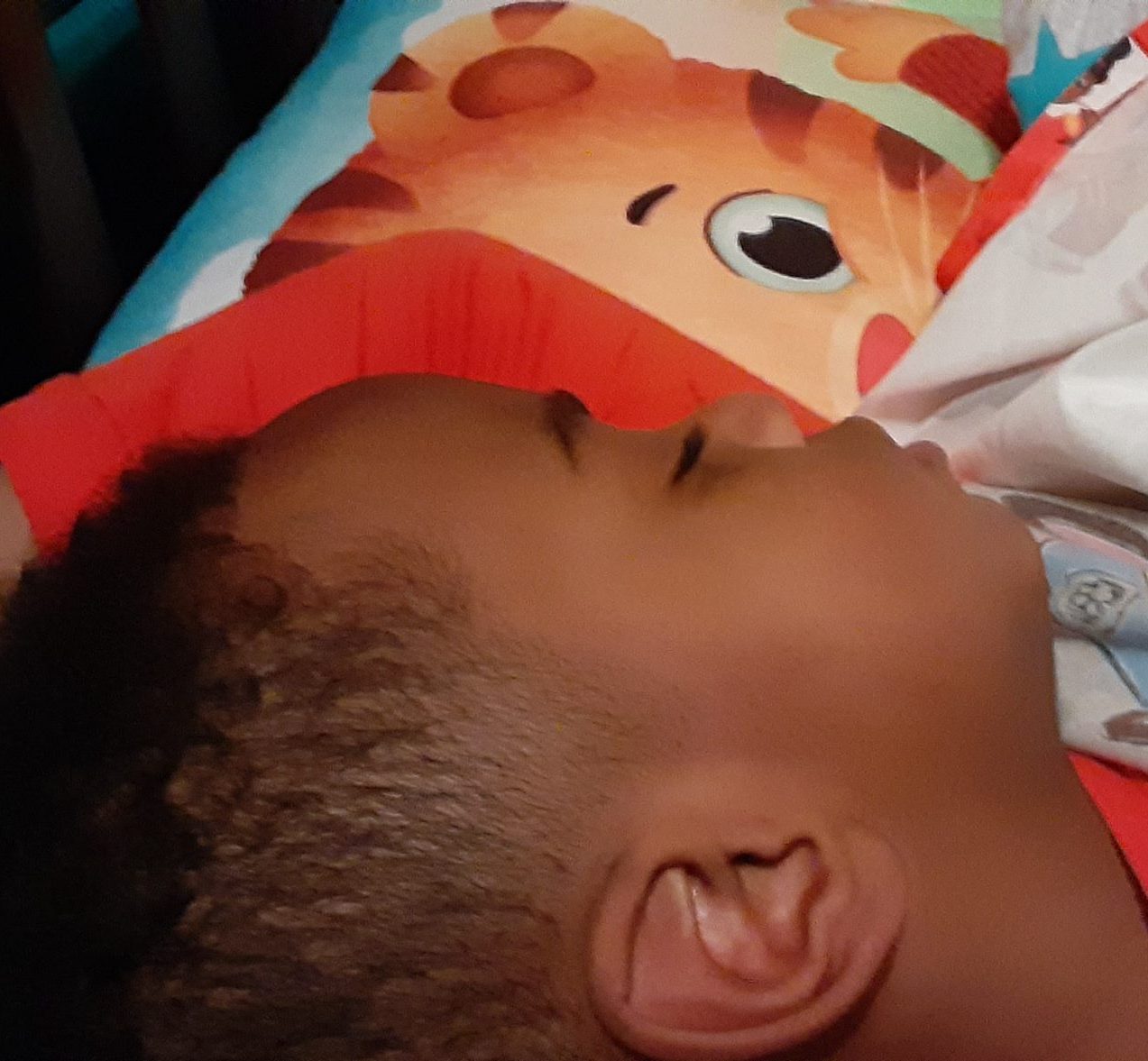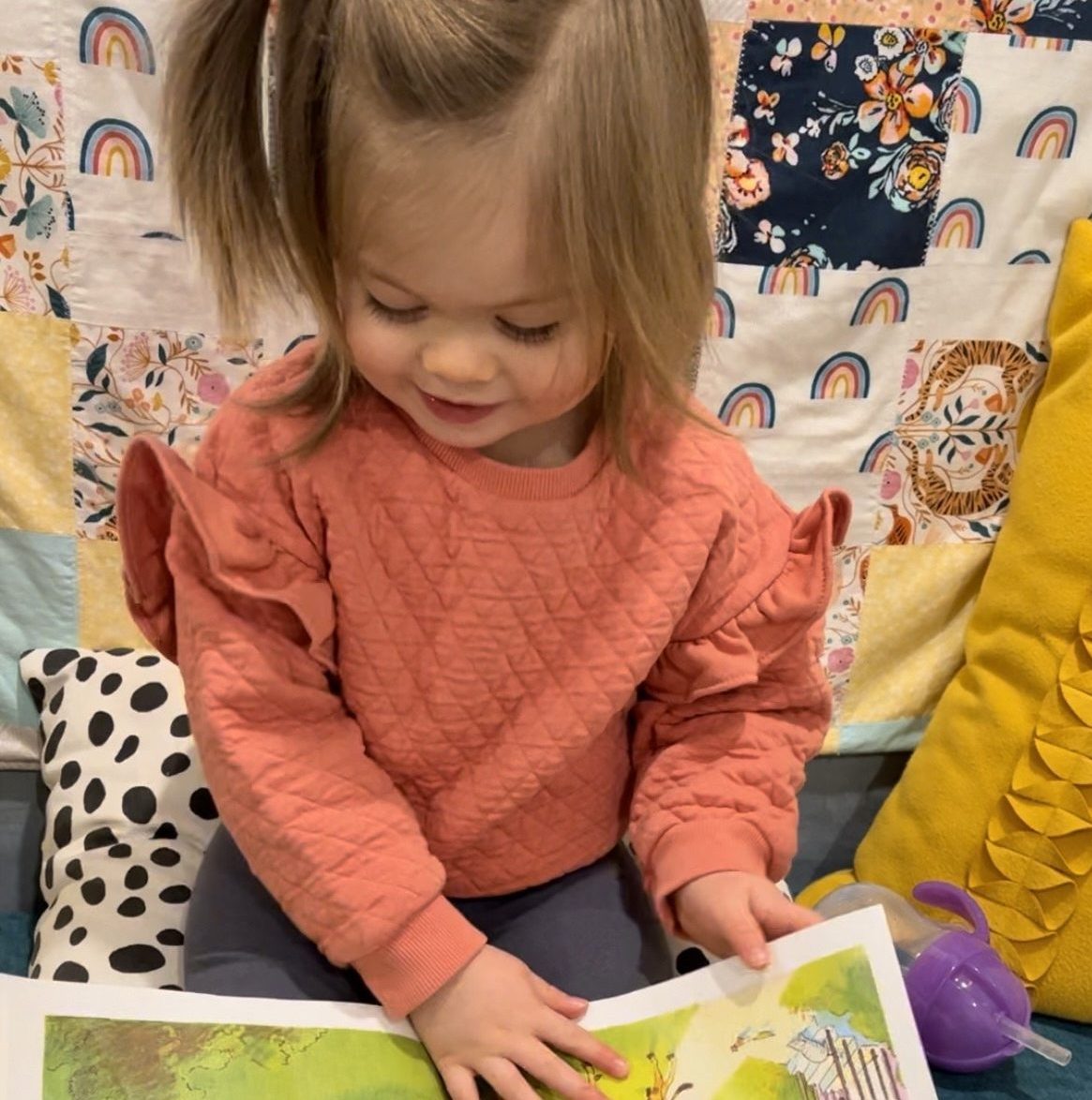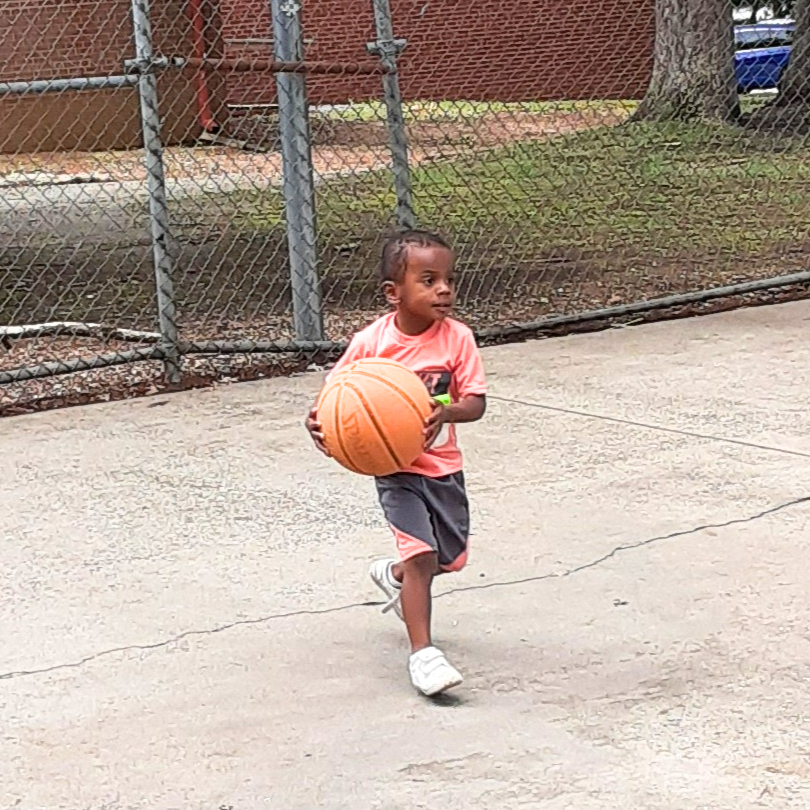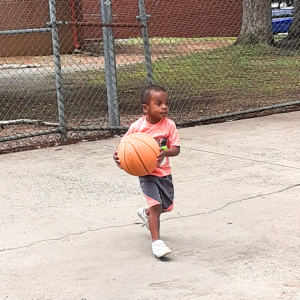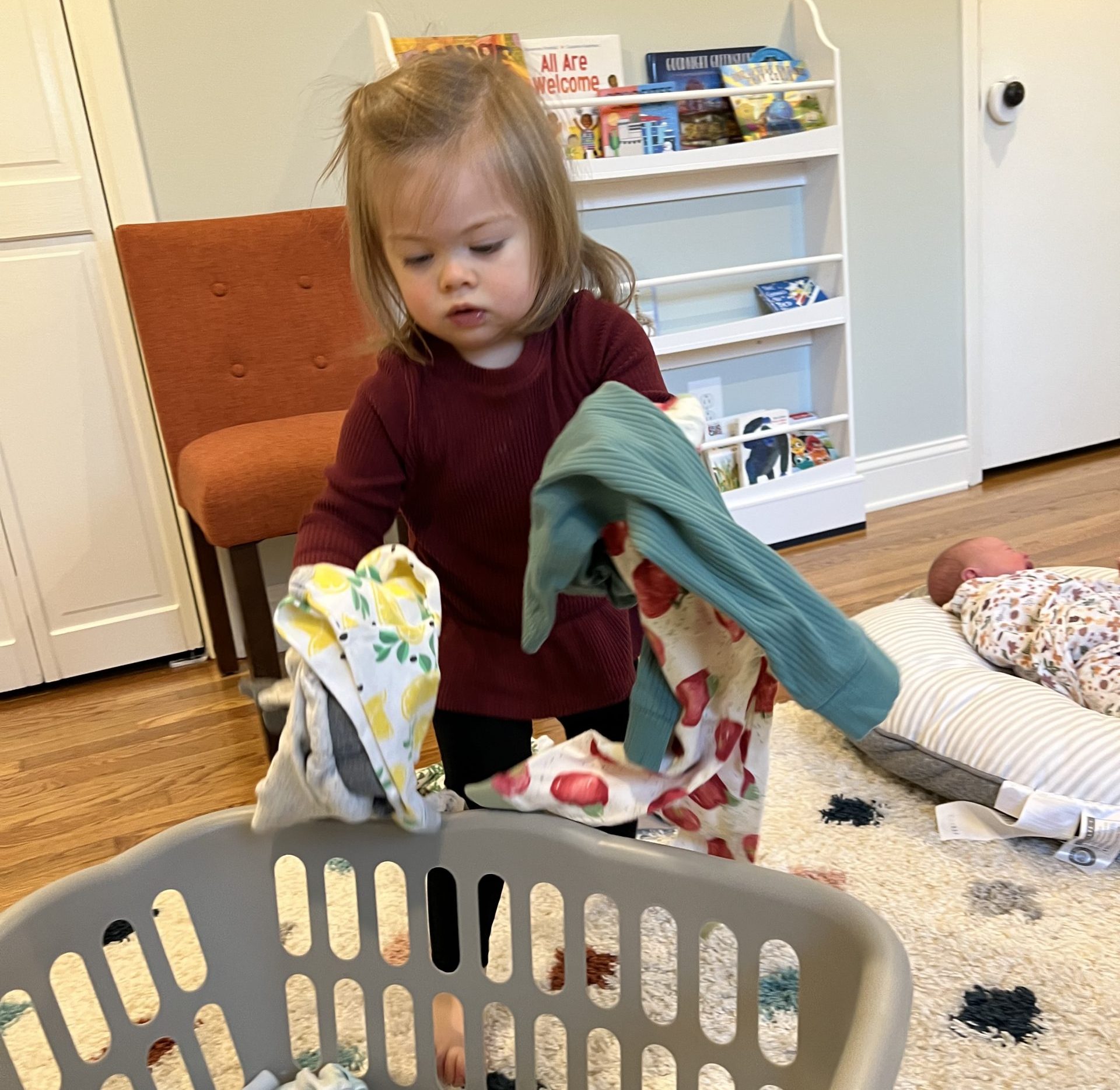SUPPORTING SLEEP CAN MAXIMIZE LOVE, MANAGE STRESS | Have you ever noticed the difference it makes in how you talk or respond to your child? Frowns, loud voices, long silences, or frequent irritation can cause young children to feel unloved, and rebellious, and sometimes even have behavior challenges. However, when met with warm hugs, big smiles, calming tones, and gentleness, young children can feel unconditionally loved. There are many situations involving children that can be handled differently from the perspective of how parents are responding. Naps and bedtime, for instance, can either be positive or a nightmare!
My three-year-old enjoys daily naps since he was born! While not always easy, I have realized that positive guidance is most helpful in supporting his napping and nighttime routines. First, using a consistent routine, not only helps my son to predict what is next but becomes less stressful for me. Secondly, reading and singing have also been a part of the calming process to prepare for sleep. Sometimes he tries me by wanting to keep reading more books to stay up, but telling him firmly and lovingly why sleep is good for him, prevents me from giving in to a power struggle. I simply remind him, “Your mind and body needs rest to help you grow and relax” all while gently massaging his head and his hands. I smile, use a calm tone, and form the words, “I love you,” as he quietly says “I love you too” before drifting off into dreamland.
I have heard so many stories that are filled with stress on both the parents and children all while preparing for a nap or nighttime. I can confidently say, “Love gently and it will help little one’s sleep.” Perhaps, Llama Llama’s mama was right. She consistently showed love and reassured her little one that she was still there until Llama Llama went to sleep. So, the next time you are preparing your little ones for their nap or going to bed at night, choose positive guidance – this truly will Maximize Love, Manage Stress for your child and strengthen the parent-child bond.
–By Airreia Pierce | Visit Airreia’s website | Follow her on Facebook


